
Facing debilitating knee pain and considering advanced regenerative treatments? Stem cell therapy for knees offers a promising alternative to traditional surgery, attracting global interest. For patients seeking innovative and effective solutions, Japan and China have emerged as prominent destinations for stem cell treatment, each offering distinct advantages and approaches. This in-depth comparison will navigate the critical aspects of pursuing stem cell therapy for knee pain in these two leading Asian countries, providing crucial insights to help you make an informed decision for your health journey.
Choosing Your Path to Knee Recovery in Japan or China for Stem Cell Treatment?
Both Japan and China stand at the forefront of regenerative medicine, offering cutting-edge stem cell therapies for knee conditions such as osteoarthritis, meniscal tears, and ligament damage. Japan is renowned for its stringent regulatory framework, emphasis on safety, and a focus on autologous (patient's own) stem cells derived from bone marrow or adipose tissue. Its research-driven approach often leads to therapies that are well-documented and highly controlled.
China, on the other hand, boasts a vast and rapidly evolving stem cell research landscape, offering a wider variety of stem cell types, including allogeneic (donor) cells such as umbilical cord mesenchymal stem cells (UC-MSCs). It often presents more cost-effective treatment options, making advanced therapies accessible to a broader patient base. The choice between these two powerful medical tourism hubs for knee stem cell treatment depends heavily on individual priorities regarding cost, regulatory assurances, specific cell types, and desired treatment environment.
Stem Cell Therapy for Knees in Japan vs China - Detailed Comparison Table
Core Strengths in Regenerative Medicine for Knee Conditions
Japan Key Capabilities in Knee Stem Cell Therapy
Japan's approach to stem cell therapy for knees is characterized by a commitment to scientific rigor and patient safety. Under the 'Act on the Safety of Regenerative Medicine,' clinics must register their treatment plans and undergo strict review, ensuring a high standard of care. Key capabilities include:
- Advanced Research & Development: Extensive investment in clinical trials and long-term efficacy studies.
- Autologous Focus: Primary use of the patient's own adipose-derived or bone marrow-derived mesenchymal stem cells (ADSCs, BM-MSCs) to minimize immune rejection and maximize safety.
- High-Quality Laboratories: State-of-the-art facilities for cell processing, expansion, and quality control.
- Precision Medicine: Tailored treatment plans based on individual patient diagnostics and highly precise injection techniques, often guided by imaging.
- Integrated Care: Collaboration between orthopedic specialists and regenerative medicine experts to ensure comprehensive patient management for knee conditions like osteoarthritis.
China Key Capabilities in Knee Stem Cell Therapy
China has rapidly expanded its capabilities in stem cell research and clinical applications, making it a global hub for certain types of regenerative medicine. Its strengths often lie in its scale and variety of available treatments. Key capabilities include:
- Diverse Cell Sources: A broader use of allogeneic cells, particularly umbilical cord mesenchymal stem cells (UC-MSCs), in addition to autologous options, allowing for faster treatment and readily available cells.
- Cost-Effectiveness: Generally lower prices for advanced stem cell therapies for knee repair, making treatments more accessible.
- Large Treatment Volumes: High patient throughput allows for extensive clinical experience and data collection.
- Rapid Innovation: Significant government investment in stem cell research pushes for continuous development and exploration of new therapies.
- Integrated Medical Tourism Services: Many clinics are geared towards international patients, offering comprehensive packages that can include travel assistance and accommodation.
Stem Cell Treatment for Knees in Japan - Pros and Cons
Pros of Stem Cell Therapy for Knees in Japan
- Unparalleled Safety Standards: Japan's strict regulatory environment for regenerative medicine ensures therapies meet high safety and quality benchmarks.
- Evidence-Based Treatments: A strong focus on scientifically validated treatments, often backed by rigorous clinical research and long-term follow-up studies for knee osteoarthritis and injuries.
- Highly Skilled Specialists: Access to world-class orthopedic surgeons and regenerative medicine experts with extensive experience.
- Autologous Cells Focus: Using the patient's own cells minimizes risks of immune rejection and disease transmission.
- Cutting-Edge Technology: Clinics utilize advanced techniques for cell harvesting, processing, and precise delivery to the knee joint.
Cons of Stem Cell Therapy for Knees in Japan
- Higher Cost: The advanced technology, strict regulations, and high-quality infrastructure contribute to a higher overall treatment cost compared to many other destinations.
- Treatment Duration: Autologous therapies may require multiple visits, including a separate procedure for cell extraction and a waiting period for cell expansion.
- Limited Allogeneic Options: Due to regulatory focus, clinics predominantly offer autologous treatments, limiting options for patients who might benefit from donor cells.
- Language Barrier: While major clinics offer English support, daily life and communication outside the clinic can be challenging without basic Japanese.
Stem Cell Treatment for Knees in China - Pros and Cons
Pros of Stem Cell Therapy for Knees in China
- More Affordable Pricing: Significantly lower treatment costs for stem cell therapy for knees, making it an attractive option for budget-conscious patients.
- Wider Range of Cell Types: Access to diverse stem cell sources, including allogeneic umbilical cord (UC-MSCs) and placental cells, which can offer off-the-shelf readiness.
- Accessibility and Availability: A greater number of clinics and faster appointment availability for stem cell knee treatment.
- Large-Scale Research: Extensive government investment and a large patient population contribute to vast research and clinical experience.
- Comprehensive Packages: Many clinics offer all-inclusive packages that simplify the medical tourism process for international patients.
Cons of Stem Cell Therapy for Knees in China
- Variable Regulatory Oversight: While improving, the regulatory environment can be less consistent than Japan, requiring diligent research into clinic accreditation and ethical practices.
- Quality Control Concerns: The vast number of clinics means quality and standards can vary significantly, necessitating careful vetting to avoid unproven therapies.
- Transparency Issues: Some clinics may lack full transparency regarding cell sourcing, processing, and specific success rates for knee pain treatments.
- Potential Language Barrier: English proficiency can be less common outside major medical tourism centers, potentially requiring interpreter services.
What to Expect: The International Patient Journey for Knee Stem Cell Therapy
Embarking on a medical journey abroad requires careful planning. Here's a general overview of what patients considering stem cell therapy for knees can expect in Japan and China:
The Patient Journey in Japan
- Initial Consultation & Evaluation: Comprehensive review of medical history, imaging (MRI, X-rays) to determine eligibility for stem cell knee treatment.
- Cell Harvesting: If autologous cells are used, a minor surgical procedure (e.g., liposuction for fat, bone marrow aspiration) is performed.
- Cell Processing & Expansion: Cells are sent to a highly regulated laboratory for purification and expansion over several weeks.
- Injection Procedure: Once cells are ready, they are precisely injected into the affected knee joint, often under ultrasound or fluoroscopic guidance.
- Post-Treatment & Rehabilitation: Detailed post-procedure instructions, physical therapy recommendations, and scheduled follow-up consultations with prescribing physicians.
- Travel Logistics: Expect to spend 2-4 weeks total across multiple visits if cell expansion is needed, or a single trip of 1-2 weeks if point-of-care processing is available.
The Patient Journey in China
- Initial Assessment & Diagnosis: Detailed medical review, often including recent imaging, to assess suitability for various stem cell therapies for knees.
- Treatment Planning: Clinics present available options, including autologous or allogeneic stem cell types (e.g., UC-MSCs for knee pain).
- Cell Administration: Stem cells are delivered directly into the knee joint via injection or sometimes systemically, depending on the protocol.
- Short-Term Monitoring: Patients typically remain at the clinic for a few days for observation and initial post-treatment care.
- Follow-up & Guidance: Clinics provide guidelines for recovery, and sometimes remote support, though ongoing physical therapy locally is often recommended.
- Travel Logistics: A single trip of 1-2 weeks is common, encompassing evaluation, treatment, and initial recovery.
Regardless of your chosen destination, effective communication with your medical team, understanding the full scope of treatment, and planning for post-procedure rehabilitation are crucial for optimal outcomes in your journey for knee pain relief.
Real Stories from Patients Seeking Knee Stem Cell Therapy Abroad
John D., USA (Japan)
"My osteoarthritis in both knees was making life unbearable. I chose Japan for its strict regulations and advanced science. The clinic in Tokyo was incredibly professional, and while more expensive, the meticulous care and clear treatment plan gave me immense confidence. I underwent autologous fat-derived stem cell injections, and six months later, my pain is significantly reduced, and I'm hiking again. Worth every penny for the quality and peace of mind."
Maria S., Australia (China)
"I researched stem cell therapy for my torn meniscus and heard about the affordability in China. My experience in a hospital in Shanghai was positive. They used umbilical cord stem cells, and the process was quick, taking about a week. The language barrier was managed with an interpreter provided by the clinic. My knee feels much stronger, and the constant ache is gone. It was a good balance of cost and effective treatment for my knee injury."
Robert W., Canada (Japan)
"My doctor in Canada recommended knee replacement, but I wanted to explore regenerative options. Japan was my top choice for its reputation in stem cell research. I appreciated the thorough diagnostics and personalized approach. The facility was pristine, and the follow-up care was excellent. After a series of injections with my own stem cells, my knee mobility has improved dramatically, and I'm able to enjoy my daily walks pain-free."
Lisa M., UK (China)
"I had chronic knee pain from an old sports injury and was seeking a more affordable stem cell solution. China offered umbilical cord stem cells which seemed promising. The clinic was very large and modern, and the staff were efficient. I saw noticeable improvement in my knee within a few weeks, and it continues to feel better. For the price, it was a solid choice for my knee pain treatment."
Frequently Asked Questions About Stem Cell Therapy for Knees
Is stem cell therapy for knees legal and safe in Japan and China?
Yes, stem cell therapy for knees is legal in both Japan and China, though with differing regulatory frameworks. Japan has a highly regulated environment, especially for regenerative medicine, focusing on patient safety and research-backed treatments. China has a broader landscape, with many clinics offering various stem cell treatments, but regulatory oversight can vary. It's crucial to choose a reputable, accredited clinic in either country.
What types of stem cells are primarily used for knee treatment in Japan and China?
In Japan, the focus is largely on autologous mesenchymal stem cells (MSCs) derived from the patient's own fat or bone marrow, due to strict regulations emphasizing safety and minimal immune response. China offers a wider range, including autologous and allogeneic MSCs (from donors, often umbilical cord or placenta), and sometimes other cell types, though the use of allogeneic cells is more common and less strictly regulated than in Japan.
How much does stem cell therapy for knees cost in Japan compared to China?
Stem cell therapy for knees in Japan typically ranges from $10,000 to $25,000 USD per knee, reflecting its advanced research, strict regulations, and high-quality medical infrastructure. In China, prices are generally lower, ranging from $8,000 to $18,000 USD per knee, making it a more cost-effective option for many patients. These prices can vary based on clinic, cell type, and treatment complexity.
What are the success rates of stem cell therapy for knee osteoarthritis in these countries?
Success rates vary based on the patient's condition, age, cell type used, and clinic expertise. Reputable clinics in both Japan and China report positive outcomes for pain reduction and improved knee function, often ranging from 70-85% for suitable candidates. Patients should inquire about specific clinic success rates and realistic expectations based on their individual diagnosis.
Do I need a special visa for medical treatment in Japan or China?
For Japan, a standard tourist visa is often sufficient for medical treatments of short duration, though a 'Medical Stay Visa' can be applied for if the treatment requires an extended stay or multiple visits. For China, a 'Medical Treatment Visa' (L or M visa depending on duration and purpose) is typically required for medical tourism. It's always best to check the latest visa requirements with the respective embassy or consulate.
What kind of post-treatment support can I expect?
Both Japanese and Chinese clinics generally offer post-treatment support. Japanese clinics often provide detailed rehabilitation plans and remote follow-ups with prescribing physicians. Chinese clinics typically offer follow-up consultations and guidance for recovery. It’s important to clarify the extent of post-treatment care, including remote check-ups and communication channels, before committing to a clinic.
Is language a barrier for international patients?
Top medical tourism clinics in both Japan and China typically have English-speaking staff, including doctors and patient coordinators, to facilitate communication with international patients. However, outside the clinic environment, English might be less prevalent, particularly in China. Having translation services or a patient facilitator can enhance the overall experience.
How do regulatory frameworks differ between Japan and China for stem cell therapies?
Japan has one of the most progressive yet stringent regulatory frameworks globally, with the 'Act on the Safety of Regenerative Medicine' allowing clinical application of stem cells after a rigorous approval process, often favoring autologous cells. China’s framework has evolved, with the National Health Commission overseeing clinical research and applications, but historical regulatory gaps mean that commercial applications might vary in oversight and ethical standards across different institutions.
What are the risks associated with stem cell therapy for knees in these countries?
Common risks are generally minimal and include infection, pain or swelling at the injection site, or allergic reactions. More serious risks are rare but can include tumor formation (especially with unproven cell types), immune reactions (more so with allogeneic cells), or ineffective treatment. Selecting a highly reputable clinic with transparent safety protocols and validated therapies significantly mitigates these risks.
How do I choose the right clinic for stem cell therapy for knees?
Consider the clinic's accreditation, the experience and qualifications of its specialists, the specific types of stem cells offered, their transparency regarding success rates and safety protocols, patient testimonials, and the overall cost. For personalized guidance and vetted options, consulting with a medical tourism facilitator like PlacidWay can be highly beneficial.
Ready to Explore Stem Cell Therapy for Your Knees?
Deciding on the best destination for your stem cell therapy for knees is a significant step towards regaining your mobility and improving your quality of life. Whether Japan's rigorous, research-backed approach or China's diverse, cost-effective options align better with your needs, PlacidWay is here to guide you.
Our dedicated Care Team specializes in connecting patients with world-class, pre-vetted stem cell clinics for knee pain in Japan, China, and other top global destinations. We offer free, no-obligation consultations to help you compare personalized treatment packages, understand transparent pricing, and answer all your specific questions about knee osteoarthritis stem cell treatment or therapy for knee injury. Let us simplify the complexities of planning, so you can focus on your recovery and journey to pain relief.





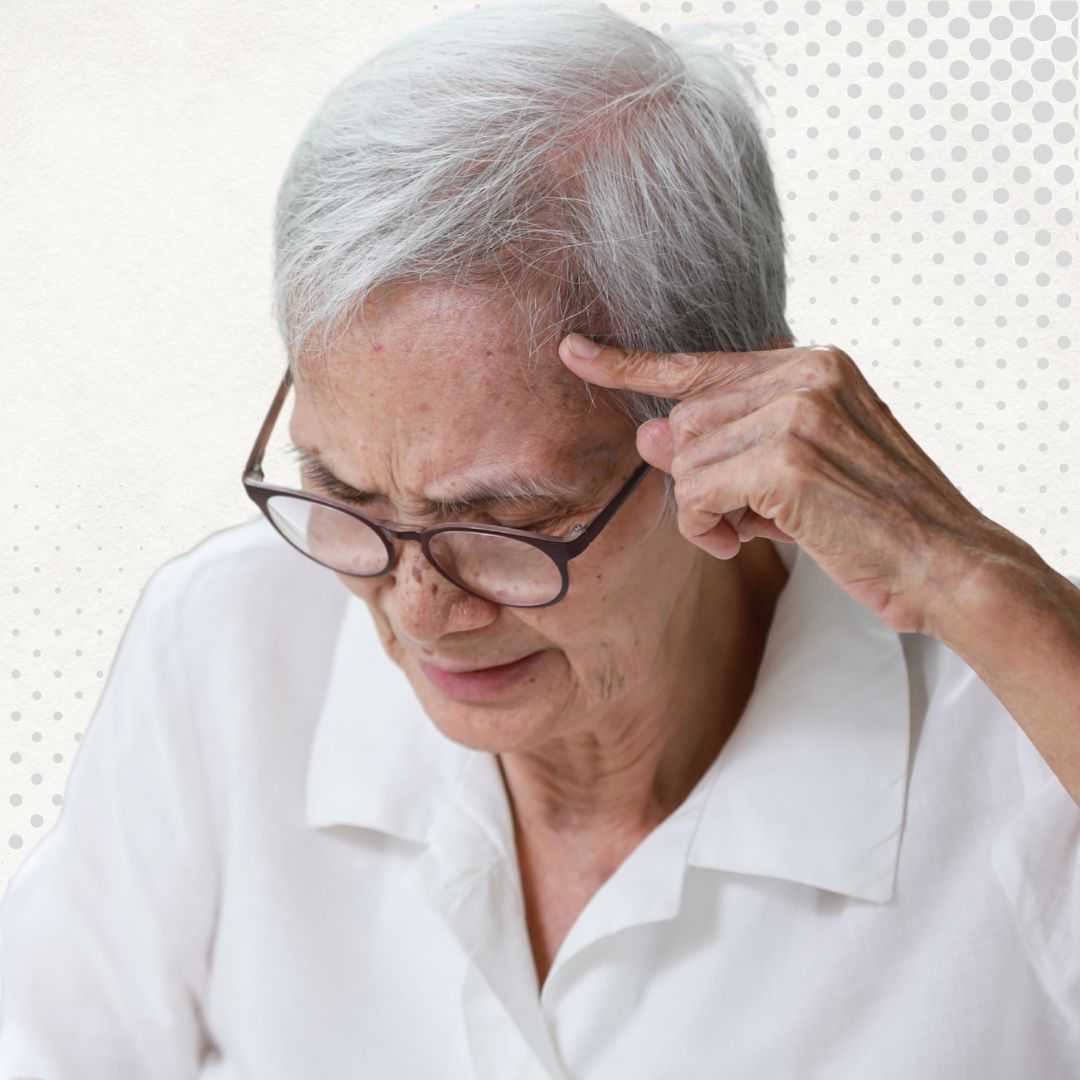
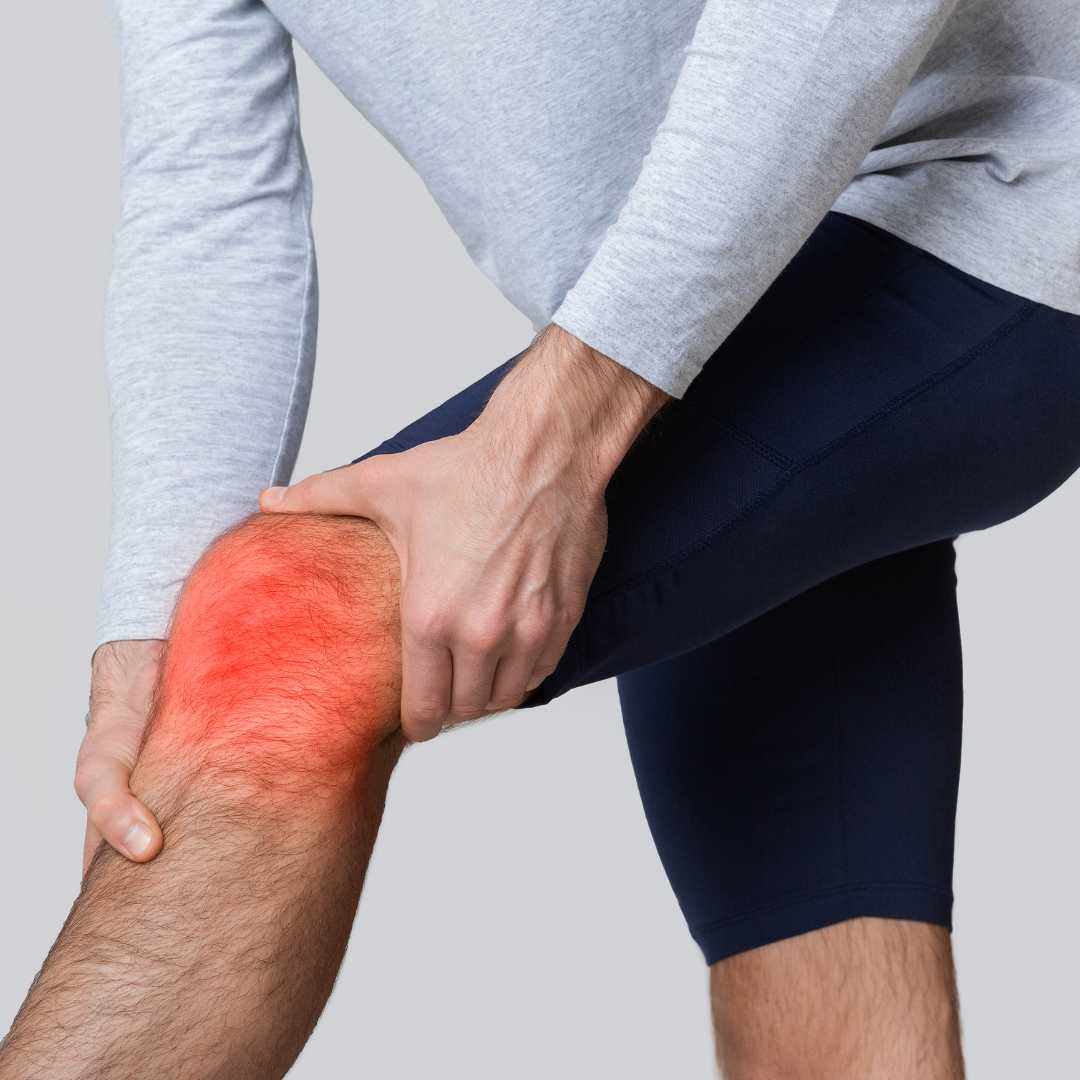
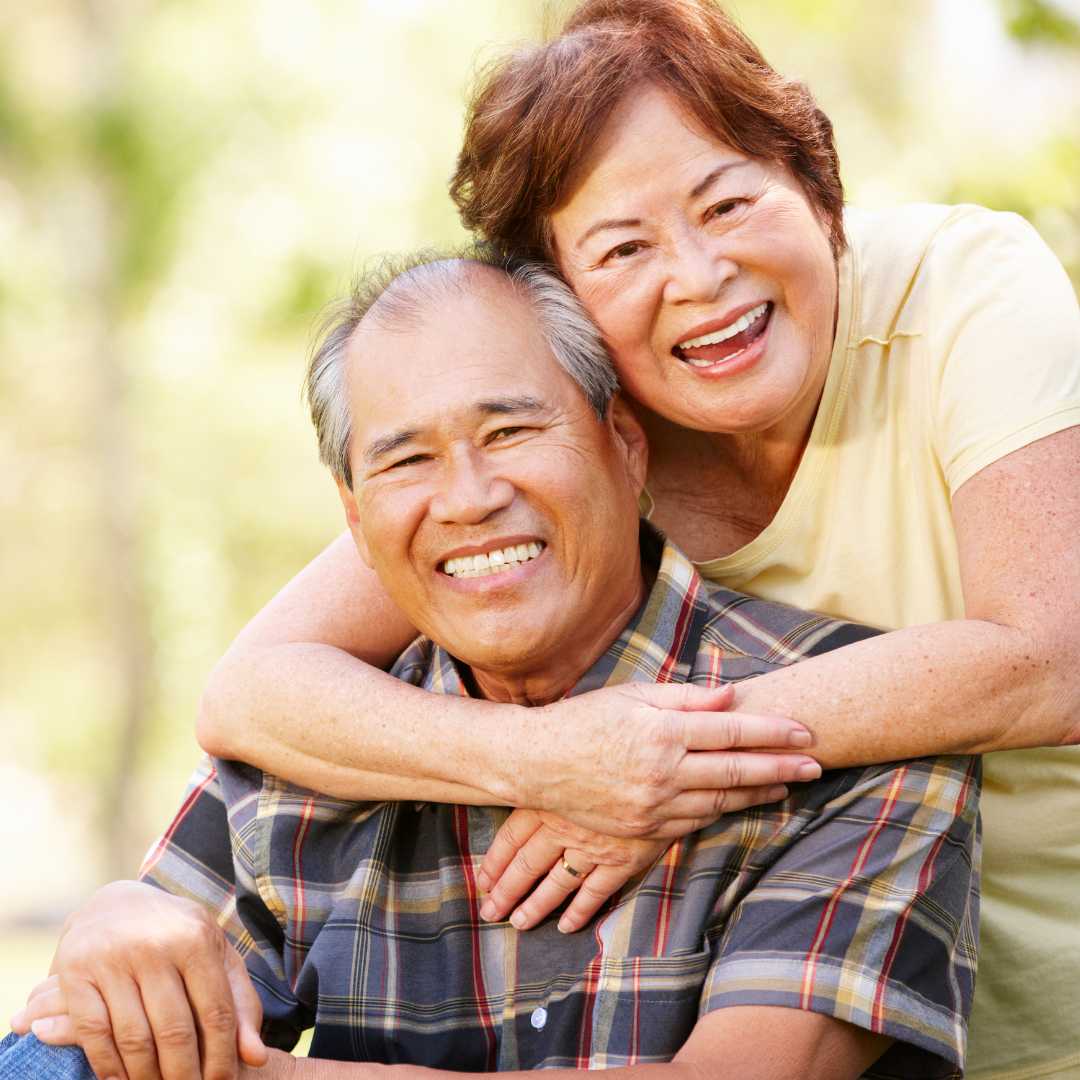


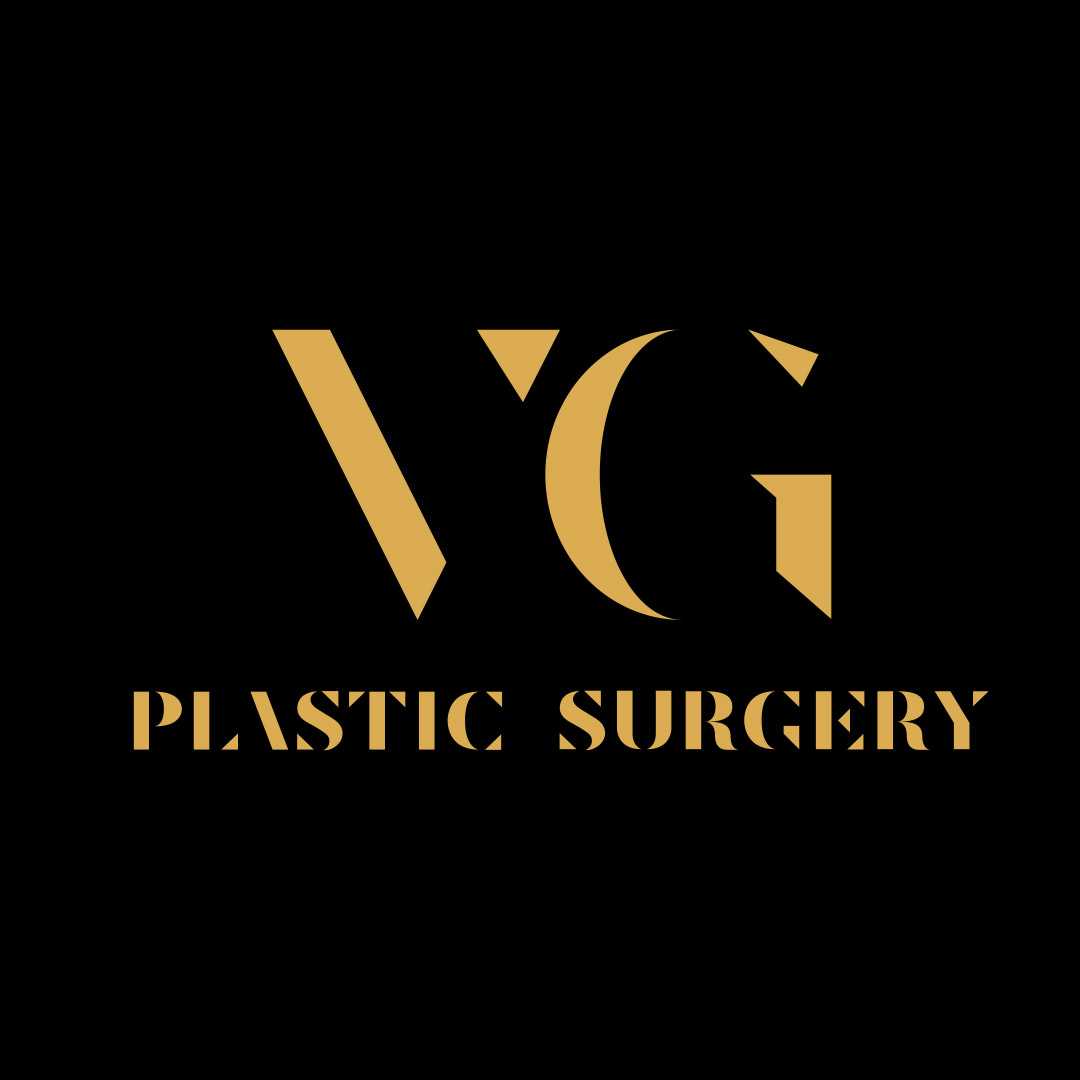

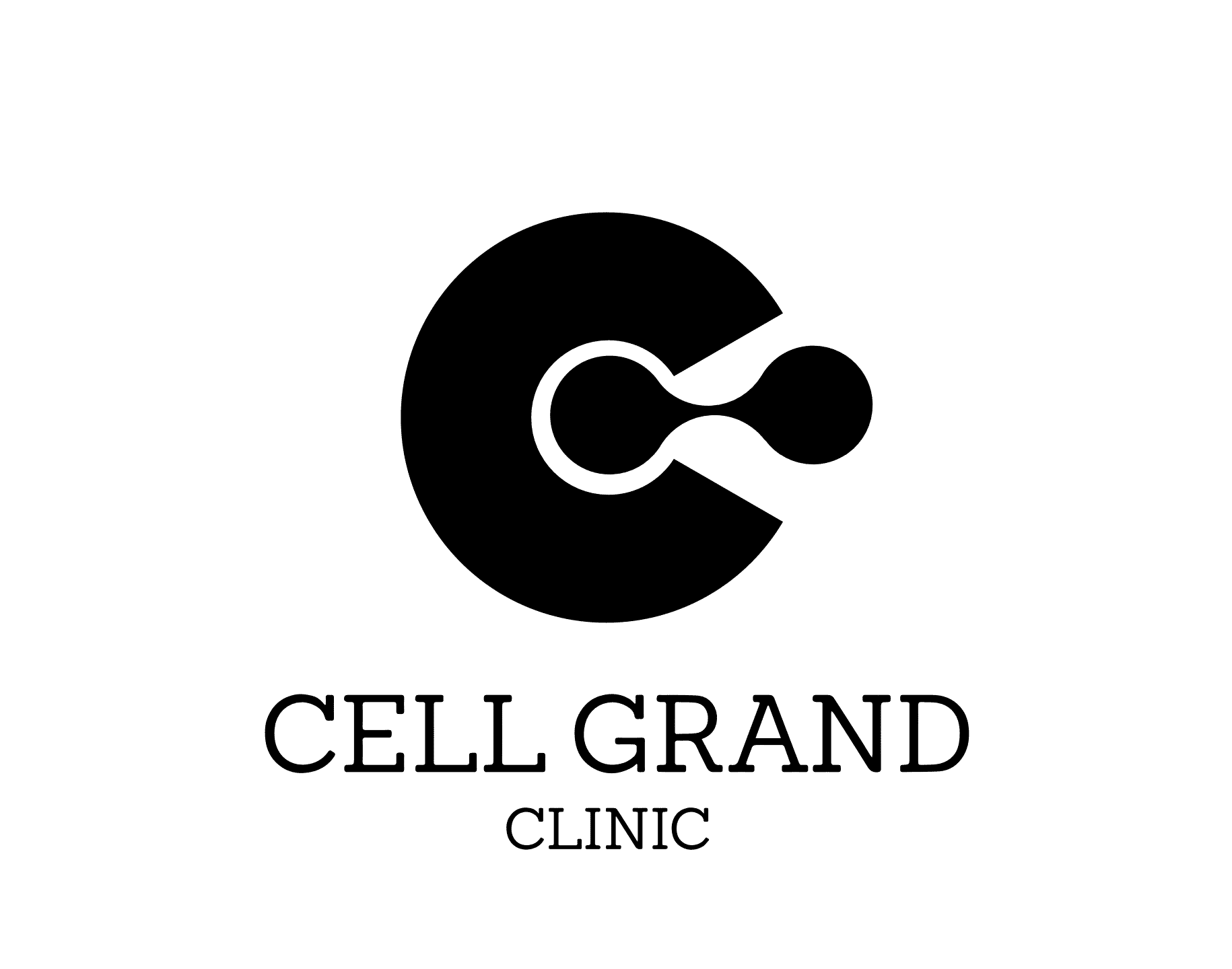
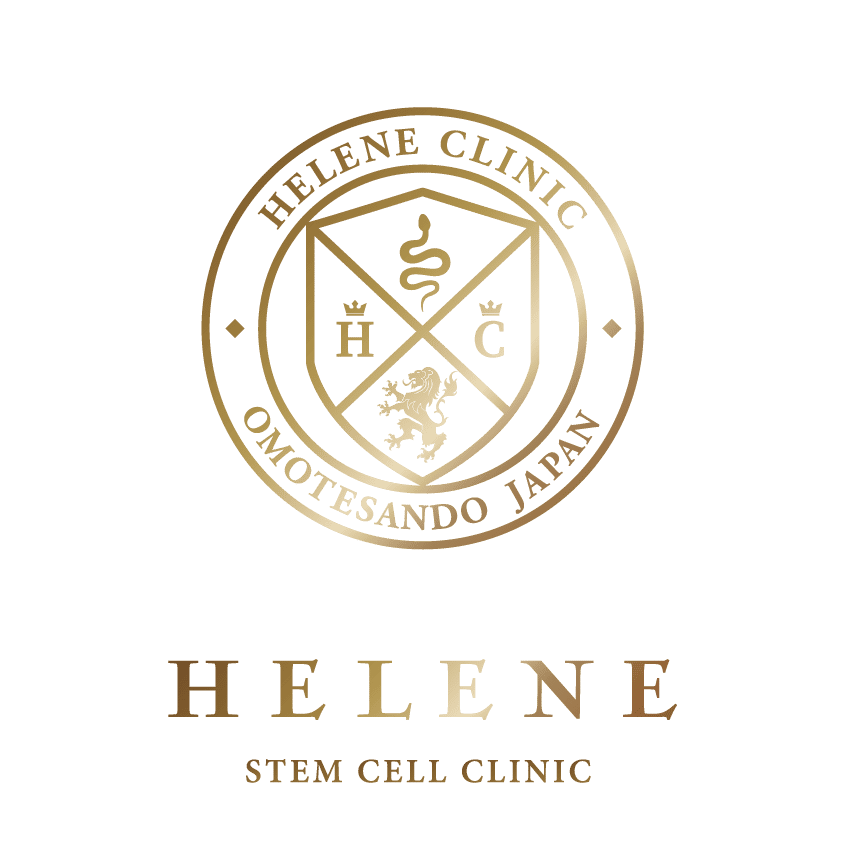

Share this listing